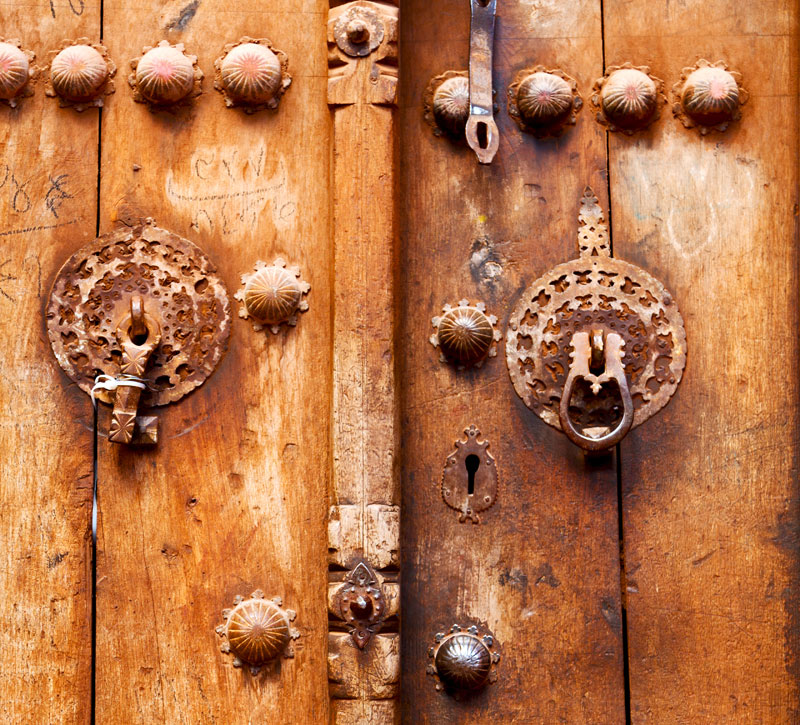What is Chinese export porcelain?
The term ‘Chinese export porcelain’ is used to over a wide range of porcelain items which were made to be exported to Europe and eventually North America from the 16th century and the 20th century. However, the majority of Chinese export porcelain was manufactured during the 18th century.
Export porcelain was crafted by Chinese craftsmen with the same skill and technical expertise as Imperial porcelain, but with designs altered to suit Western tastes. It is still incredibly popular with collectors from across the globe, with its continued appeal testament to the impressive collaboration which took place between Western importers and Chinese artisans separated by many thousands of miles, and a lack of culture and language in common.
There’s more to export wares than blue and white porcelain
Although the majority of Chinese porcelain export pieces comprised of bulk orders of the instantly recognisable blue and white ceramics, decorated with mountain landscape designs, the remaining two per cent consisted of brightly coloured large enamel wares. These items were incredibly sought after at the time and have still retained their popularity amongst collectors.
Large scale pieces – often described as ‘country house’ wares – were a staple of many of Europe’s eighteenth century stately homes. These items are just as popular as they were hundreds of years ago, thanks to their classically elegant designs which work so well in contemporary interiors.
An additional category of Chinese wares consisted of ceramics exported to the West in designs based upon fashionable silver items, such as tea sets, soup tureens and candle sticks. Again, these items are still highly collectable, largely due to the timeless elegance of the designs which is ideal for modern homes.
A long tradition of Chinese potters were highly skilled in creating lifelike ceramic figures of animals such as exotic birds, dogs and court figures. These items became highly desirable from the outset, with figurines a common sight on mantelpieces, dining tables and sideboards.
Last and by no means least, the Chinese porcelain armorial services which are impressive dinner and tea services made to order by European royals, merchants and the directors of the Dutch and English East India companies, which are the most sought after by modern collectors. Designed to reflect the highest of taste and fashion, these items showcase evolving trends in form and decoration.

